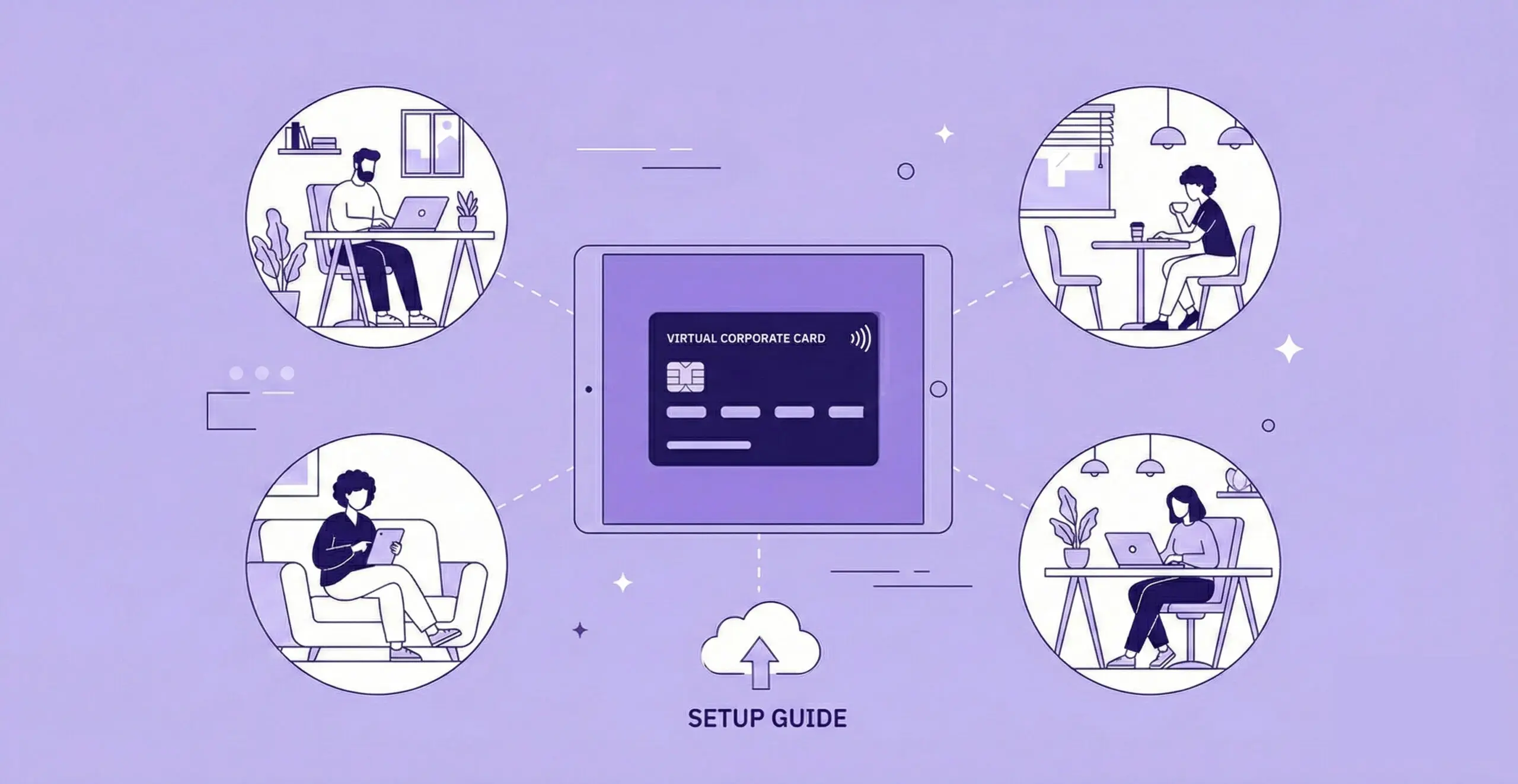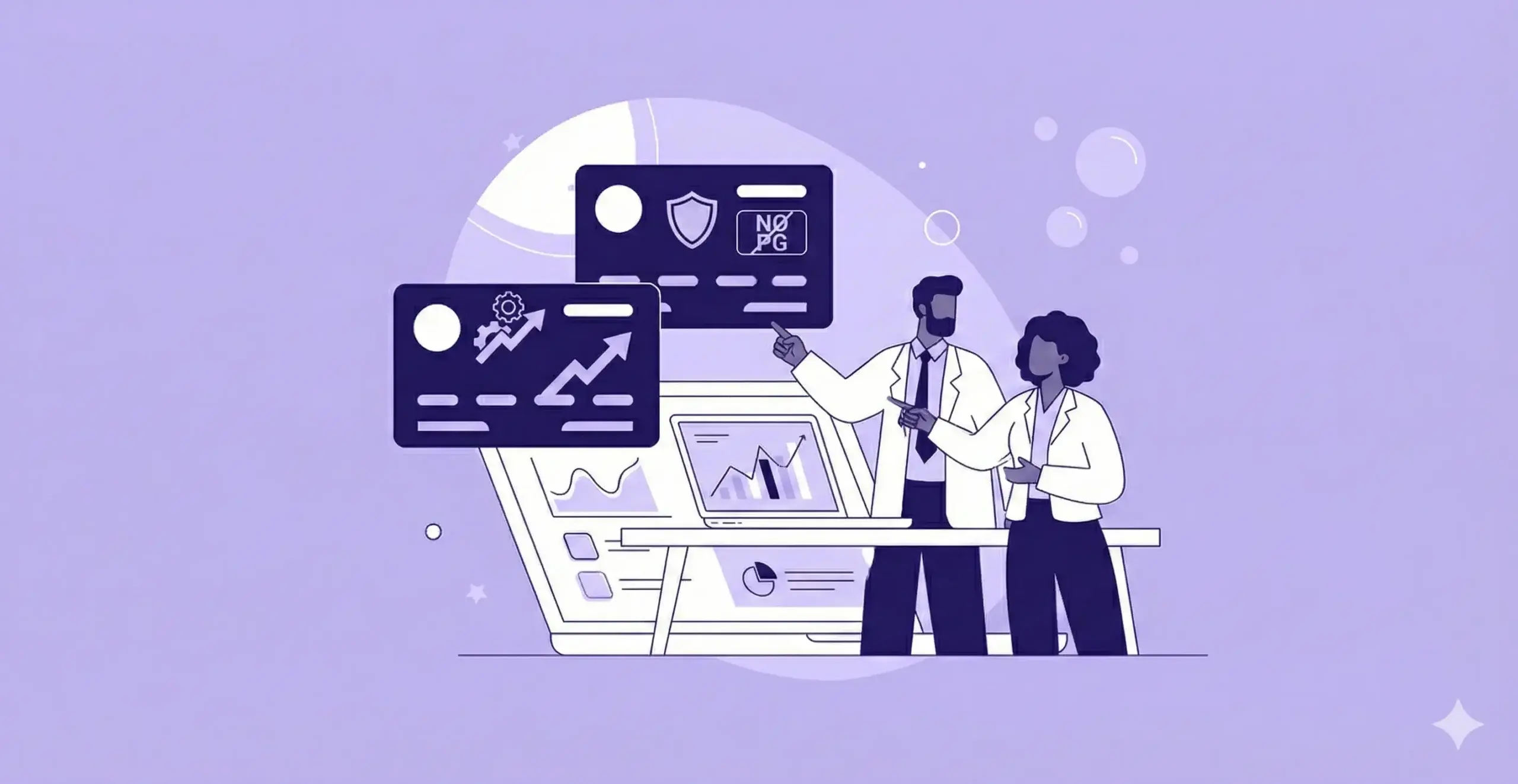February 04, 2024
The Future of Payments: Trends Shaping Procurement and Finance

Sign up for our newsletter
Stay informed with the latest trends and best practices in finance and procurement.

The world-famous Cirque du Soleil collaborates with 1,900 global suppliers to create its elaborate performances.
While this number of suppliers may pale in comparison to that of larger organizations, it demonstrates the increasing complexity and interconnectedness of the business world today.
Looking ahead, we’ll explore the major trends that are going to have a critical impact on finance and procurement.
The Current State Of Finance And Procurement
The evolution towards the current state of procurement and payment has been marked by significant technological advancements and a shift towards integrated solutions.
We’ve come a long way in the last few decades. The advent of enterprise resource planning (ERP) systems brought a more holistic approach, enabling better integration of financial and procurement processes. We’ve also witnessed the rise of fintech innovations, introducing more agile and user-friendly payment solutions.
The recent focus on data analytics and real-time visibility has further refined these systems, offering procurement professionals unprecedented insights into cash flow, supplier performance, and financial risks.
This evolution reflects a broader trend towards automation, data-driven decision-making, and a more collaborative ecosystem in the procurement and finance sectors.
What the Future Holds
McKinsey highlights four “megatrends” that are shaping the future ecosystem of procurement. These are:
1. Shifting from cost improvement to resilience: Procurement leaders are adapting to a multipolar world and volatile markets by focusing on building resilient global value chains, moving beyond mere cost reduction.
A compelling example of this shift is seen in the procurement strategy of an auto parts supplier in North America. Previously, the company sourced over 70% of its raw materials from China. However, due to trade tensions, tariffs, and pandemic disruptions, the company faced significant challenges. To enhance resilience, they conducted a comprehensive risk assessment across all product categories and diversified their supply chain globally. This strategy included transferring up to 25% of its sourcing from China to diversified global locations and expanding its supplier base. This approach effectively reduced reliance on a single country or region, thereby increasing supply chain resilience in the face of future disruptions.
2. Leveraging AI for insights: Advances in AI and machine learning enable procurement to enhance spend transparency and capitalize on supply market trends by extracting insights from unstructured data.
By utilizing high-value analytics powered by AI, procurement professionals can harness both internal and external data to drive superior sourcing decisions. This approach involves real-time spend analysis and insights integrated into collaborative platforms, enhancing decision-making and strategic optimization. However, a challenge remains as many organizations lack the technology platforms capable of thorough, integrated, real-time data processing. As a result, less than 20% of available procurement data is currently used, highlighting the significant potential for AI to transform the procurement process
3. Addressing demographic shifts: With shrinking workforces and rising skill gaps, procurement departments need to attract and develop talent proficient in analytics and data, essential for agile and digital operations.
Bright young talent is going to be attracted to areas where technology is harnessed to add value and remove bottlenecks.
4. Leading in low-carbon transition: Procurement is pivotal in reducing value chain emissions, securing green materials, and managing capital for achieving net zero, adapting to the changing resource and energy landscape.
Procurement's pivotal role in the low-carbon transition is exemplified by its contribution to reducing value chain emissions and managing capital expenditures for achieving net-zero goals. This involves securing green materials and decarbonizing the supply base through localization and supplier co-innovation. By embedding sustainability into procurement decisions and fostering transparency across the value chain, procurement can align sustainability ambitions with cost-reduction targets, thereby playing a crucial role in the organization's overall environmental strategy.
The Common Challenge
With these trends shaping the future, it’s instructive to distill from them the key elements that CPOs, CFOs, and other finance and procurement leaders can leverage to position themselves for success. These are:
Real-time data
With the pace of business increasing constantly, access to real-time information is now table stakes. This enables accurate, data-driven decisions, gives senior leadership visibility into the organization’s current state, and provides transparency to key stakeholders.
Actionable insights
The latest technologies including Generative AI can surface crucial information that allows leaders in this space to make quick and informed decisions – often before competitors can catch up.
Attracting and empowering talent
For employees, the last thing they need when trying to execute their roles effectively, especially when it comes to procurement, is long and complex processes, or manual and repetitive tasks.
Thinking beyond costs
Whether it’s focusing on sustainability, value creation, or attracting and retaining talent, today’s finance and procurement leaders are looking well beyond the traditional bounds of this space, with a more holistic approach.
How Payem Helps You Harness These Trends
With these trends shaping the future of the industry, the question becomes how cantake advantage of these trends to boost your organization’s success? A great first step is to onboard PayEm.
With PayEm, you can specifically address these elements and position yourself for big wins:
Real-time Data: PayEm offers real-time visibility into company spending and procurement activities. This allows businesses to monitor and manage their finances effectively as transactions occur, ensuring up-to-date information for decision-making.
Actionable Insights: The platform provides analytics and insights derived from spending data. These insights help businesses identify trends, optimize spend, and make informed decisions based on comprehensive financial data analysis.
Attracting and Empowering Talent: PayEm simplifies financial processes and workflows, which can help attract talent who value efficient and modern workplace tools. It empowers employees by providing them with a user-friendly customizable workflow to request and manage expenditures, encouraging a culture of responsibility and transparency.
Thinking Beyond Costs: Beyond just tracking and managing costs, PayEm helps businesses enforce compliance and policy adherence. It supports strategic financial planning, enabling organizations to make more informed decisions that go beyond cost-cutting to include overall financial health and growth.
To learn more about PayEm, and see how you can be up and running almost immediately, schedule a demo today.

